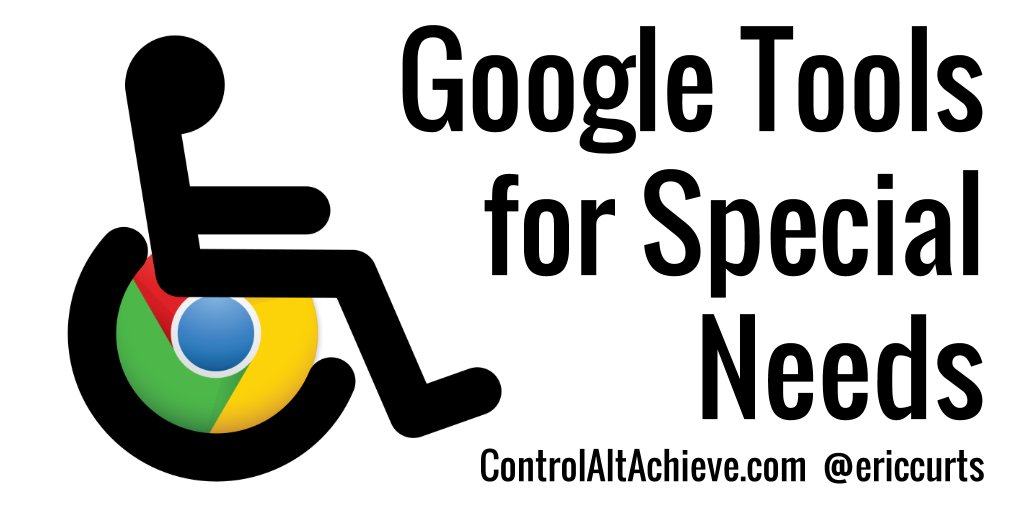Wow! As they said in those old Virginia Slims advertisements, "You've come a long way, baby!" (Thankfully, that was a long time ago and those cigarette ads are banned.) In any case, I feel like I have come a long way, baby, with my technological skills since we started this class back in September. I am proud to say that I am no longer a scaredy cat about technology, and I definitely gained confidence with my new skills!
While I still want my art students using hands-on materials when they create art, I am also embracing many new possibilities for using technology, both with my students and professionally. I found making the YouTube video of the bamboo Sumi-e painting to be particularly useful. Besides showing the class the video to introduce the painting techniques, I was also able to have students watch it independently in order to reteach the steps, as well as show it to students who were absent on the day of the introduction to the lesson. I did not abandon doing a real life demonstration, but having both means of showing the students the techniques was really useful. The students were very impressed with the video and even applauded at the end (and I took a bow)! There does seem to be something different about the way students attend to video that enables them to focus more. Maybe because the lights are turned off when a video is shown, so they are drawn to looking at the screen and are not distracted by other stimuli. I believe more kids got the hang of the painting techniques quickly by having the combination of video along with the live demonstration. I think now I may have to do a whole series of "how to" YouTube videos for art!
Taking this Dominican technology course was good for me, as it forced me to put effort into projects that I would not have had the self-motivation to tackle. I needed the outside force of an assignment to make me persevere with the tough ones. Creating the website was so daunting at first, as there were so many aspects that were completely new and frustrating to figure out. By the end of the semester, when creating a second website for the WebQuest, it came together fairly painlessly, as the process was familiar, and even fun! (It also helped to use wix rather than weebly, as it seems to work more intuitively.) I was so pleased to get a chance to work with Mona on the WebQuest, as we created a unit that we are now really excited to teach with our 5th graders. Had we not had this class together, it is unlikely that we would have found the many hours of time to put together such an appealing unit. That said, we are also more likely to incorporate more technology into our teaching now that we have seen so many new and exciting possibilities! Now maybe I have the needed self-motivation to tackle new tech ideas (but I will still probably need the occasional shove).
The idea of having a Twitter account was not at all appealing to me before, but as the coursework made me delve into it more deeply, I found it led to many meaningful conversations and ideas. I do plan to continue to follow Twitter, and will tweet or retweet when inspired. It's funny, but I didn't even know what the terms tweeting or hashtags really meant until getting exposure to Twitter over the past months. Getting some familiarity with techie terms makes me feel like I am a little more in the loop now. My own kids (who are in their twenties) are impressed with my new tech abilities. My daughter is now going around the house singing the blues song that Mona and I created on our WebQuest. I guess it's a catchy tune, but she still said we were dorks!

https://audioboom.com/posts/5369638-teacher-blues
It was enjoyable to take the class with the variety of District 90 staff and get to know everyone better. We do have District 90 tech refresh classes that I will certainly take and hopefully I will see everyone at those as well. I am so glad that I signed up for this class! When I look ahead, I am excited about trying out the many new ideas we explored over these past few months. This is just the beginning!
Thank you!
I wish everyone a very happy winter break and a fabulous 2017!!!!









